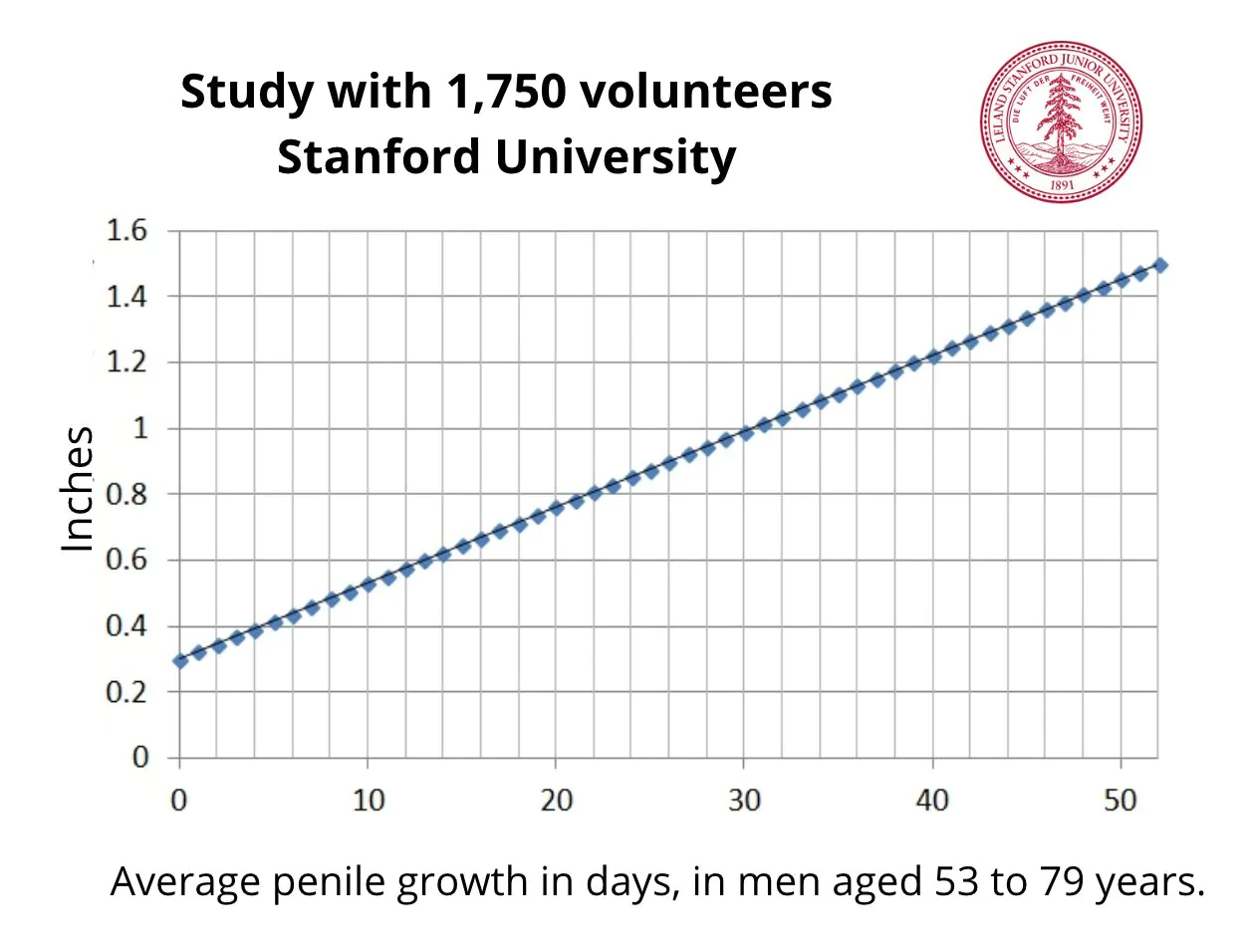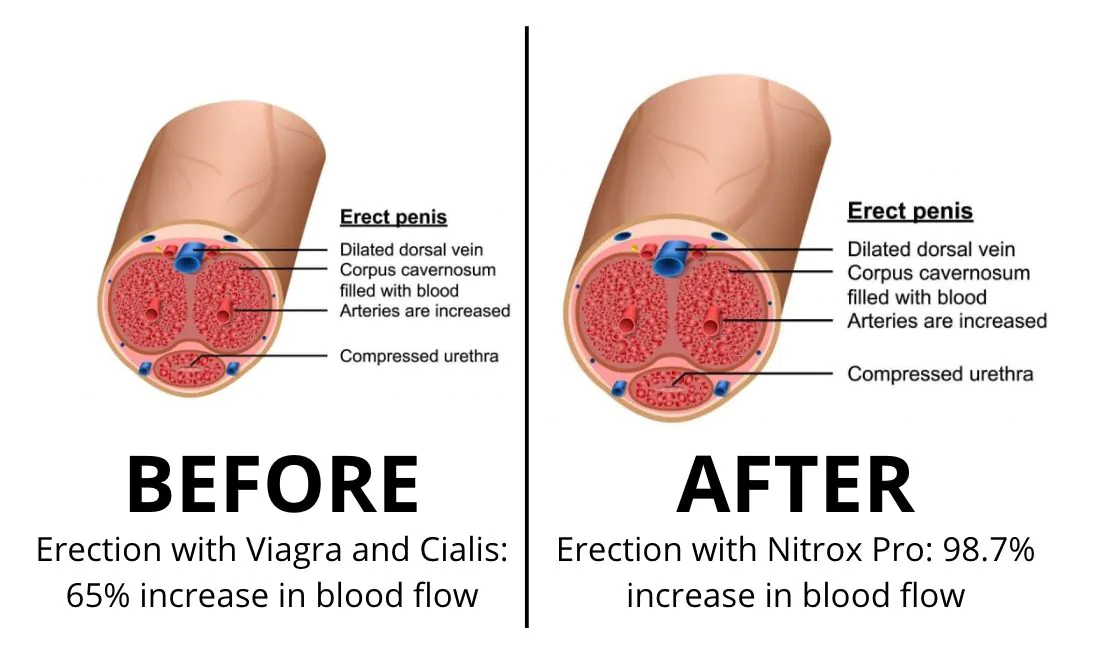Building a healthier relationship with food involves understanding your current eating habits, identifying triggers that influence food choices, practicing mindful eating strategies, and developing positive habits around meal times to promote better overall health and well-being.
Building a healthier relationship with food is essential for enhancing your overall well-being. In today’s fast-paced world, many struggle to maintain a balanced mindset about what they eat. Whether it’s emotional eating or strict dieting, understanding and reshaping your attitude towards food can lead to a transformative experience. This article explores understanding your current relationship with food, recognizing your triggers, adopting mindful eating practices, and establishing positive habits to enjoy meals more meaningfully.
Understanding Your Current Relationship with Food

Understanding your current relationship with food is a crucial first step in building a healthier lifestyle. Take a moment to reflect on your eating patterns and how they make you feel. Do you eat because you are hungry, or do you find yourself reaching for snacks out of boredom or stress? Recognizing these habits can help you identify areas for change.
Self-Reflection
Start by keeping a food diary. Document what you eat, when you eat, and how you feel at those moments. This practice can reveal patterns, like emotional eating or eating out of habit rather than hunger. Ask yourself questions such as: What emotions trigger my desire to eat? and Am I eating to celebrate, comfort myself, or fill a void?
Food and Emotions
Our feelings heavily influence our eating habits. It’s important to understand that food can act as a source of comfort, which may lead to overeating. For instance, do you often turn to ice cream after a tough day? Recognizing this connection can help you find alternative coping strategies that don’t involve food.
Creating Mindful Awareness
Mindfulness can greatly improve your relationship with food. Instead of mindlessly munching through a meal, take time to savor each bite. Notice textures, flavors, and the sensations in your body. Pay attention to your hunger signals, and eat slowly to allow your brain to register fullness. Mindful eating can make meals more enjoyable and reduce the tendency to overeat.
The Impact of Social Influences
Additionally, your environment and social interactions can shape your food choices. Do your friends or family encourage unhealthy eating habits? Surrounding yourself with individuals who focus on healthful choices can motivate you to follow suit. Engaging in conversations about nutrition and sharing meals can reinforce positive habits.
Identifying Triggers that Influence Eating Habits

Identifying triggers that influence your eating habits is essential for building a healthier relationship with food. Many people eat for reasons beyond hunger. Stress, boredom, or social situations can all lead to unwanted eating behaviors. By understanding these triggers, you can better manage them and make conscious food choices.
Common Triggers
Some common triggers include emotions, environmental factors, and even social settings. For instance, stress and anxiety often lead people to seek comfort in food. It’s helpful to notice when you feel compelled to eat without physical hunger. Do you reach for snacks during a busy workday? Recognizing these patterns is the first step towards change.
Keeping a Trigger Diary
Creating a diary to record your eating habits and feelings can be very insightful. Write down when you eat, what you eat, and your emotions at that moment. Over time, you may spot patterns. Maybe you always crave sweets after a meeting or feel the urge to snack while watching TV. This awareness is key to disrupting the cycle.
Physical vs. Emotional Hunger
It’s important to differentiate between physical and emotional hunger. Physical hunger develops gradually and can be satisfied with a variety of foods. In contrast, emotional hunger strikes suddenly and often craves specific comfort foods, like ice cream or chips. By recognizing this difference, you can choose to respond to true hunger rather than emotional prompts.
Developing Coping Strategies
Once you’ve identified your triggers, consider developing healthier coping strategies. Instead of turning to food when you feel stressed, try going for a walk, practicing deep breathing, or engaging in a hobby. Finding alternative activities can help break the food association with certain emotions or situations.
Strategies for Mindful Eating and Food Choices

Strategies for mindful eating and food choices can significantly enhance your relationship with food. Mindful eating means being fully present while you eat, which can help you enjoy your meals more and prevent overeating. Here are a few key strategies to implement in your daily life.
Slow Down Your Eating
One effective way to practice mindful eating is to slow down. Put your utensils down between bites and take a moment to savor the flavors and textures of your food. Chewing thoroughly not only aids digestion but also allows you to recognize when you feel full.
Eliminate Distractions
Minimize distractions during meal times. Avoid eating in front of the TV or while scrolling on your phone. Instead, focus on the food in front of you. This practice encourages awareness and appreciation of your meal, leading you to make better food choices.
Listen to Your Body
Pay attention to your body’s hunger and fullness cues. Before you eat, ask yourself if you’re truly hungry or if you are eating out of boredom or habit. During meals, check in with yourself regularly to determine if you are satisfied.
Plan Your Meals
Planning your meals ahead of time can help you make healthier choices. Prepare a balanced plate with fruits, vegetables, whole grains, and proteins. Having a meal plan also prevents last-minute unhealthy choices when you are hungry and rushed.
Practice Gratitude
Take a moment before you eat to express gratitude for your meal. Notice where the food comes from and the effort that went into preparing it. This practice can enhance your connection to food and promote positive feelings about eating.
Building Positive Habits around Meal Times

Building positive habits around meal times can significantly improve your relationship with food. Establishing a routine not only helps you make better food choices but also creates a more enjoyable experience around eating. Here are some effective strategies for creating positive meal habits.
Set Regular Meal Times
Try to eat at the same times each day. Having regular meal times helps regulate your body’s hunger signals and makes it easier to recognize when you’re hungry or full. Aim for three balanced meals a day with healthy snacks in between if needed.
Create a Comfortable Eating Environment
Your eating environment plays a big role in how much you enjoy your meals. Designate a specific area for eating, like the kitchen or dining room. Make it inviting and comfortable, free from distractions. This helps you focus on your food and enjoy each meal more.
Involve Family and Friends
Sharing meals with family and friends can strengthen bonds and make eating more enjoyable. Involve others in meal preparation and create a pleasant dining atmosphere. This social aspect can lead to healthier food choices and increase overall satisfaction with meals.
Experiment with New Recipes
Trying new recipes can keep your meals exciting and enjoyable. Explore different cuisines and flavors to find fresh ingredients and interesting dishes. This can encourage you to include more variety and nutrition into your diet.
Practice Portion Control
Being mindful of portion sizes can help prevent overeating. Use smaller plates and bowls to control portions without feeling deprived. This simple change can make a big difference in how much you consume while still allowing you to enjoy your meals.
Final Thoughts on Building a Healthier Relationship with Food
Working on a healthier relationship with food is a journey that requires self-awareness and practice. By understanding your current relationship with food, identifying triggers that influence your eating habits, and adopting strategies for mindful eating, you can create a more balanced approach to nutrition.
Additionally, building positive habits around meal times can enhance your overall eating experience and promote better health. Remember, this process takes time, and it’s important to be patient with yourself as you make changes.
Ultimately, the goal is to enjoy food without guilt, making choices that nourish your body and support your well-being. Embrace each step you take toward a healthier relationship with food.
FAQ – Frequently Asked Questions about Building a Healthier Relationship with Food
What is mindful eating?
Mindful eating involves being fully present while you eat, paying attention to the flavors, textures, and your body’s hunger cues.
How can I identify my triggers for unhealthy eating?
Keep a food diary to track what you eat, when you eat, and your emotions during meals. This helps you recognize patterns and triggers.
What are some positive habits I can build around meal times?
Establish regular meal times, create a comfortable eating environment, and involve family and friends in meal preparation.
How can I practice portion control?
Use smaller plates and bowls to help control your portion sizes and prevent overeating while still enjoying your meals.
Why is it important to savor my food?
Savoring your food increases enjoyment and helps your body recognize feelings of fullness, which can prevent overeating.
How do social settings influence my eating habits?
Social settings can encourage certain eating behaviors, such as overeating or unhealthy choices, so it’s important to be mindful of these influences.












